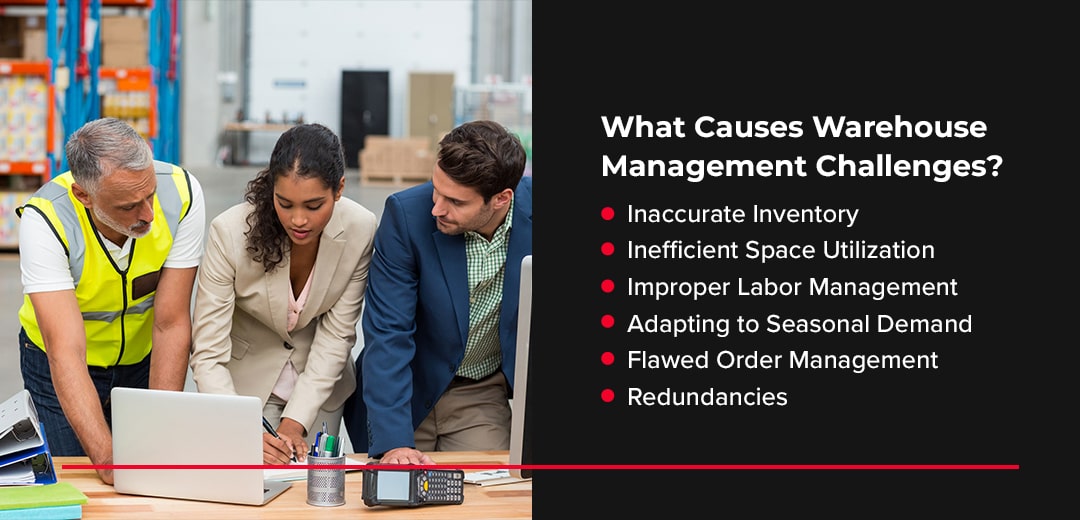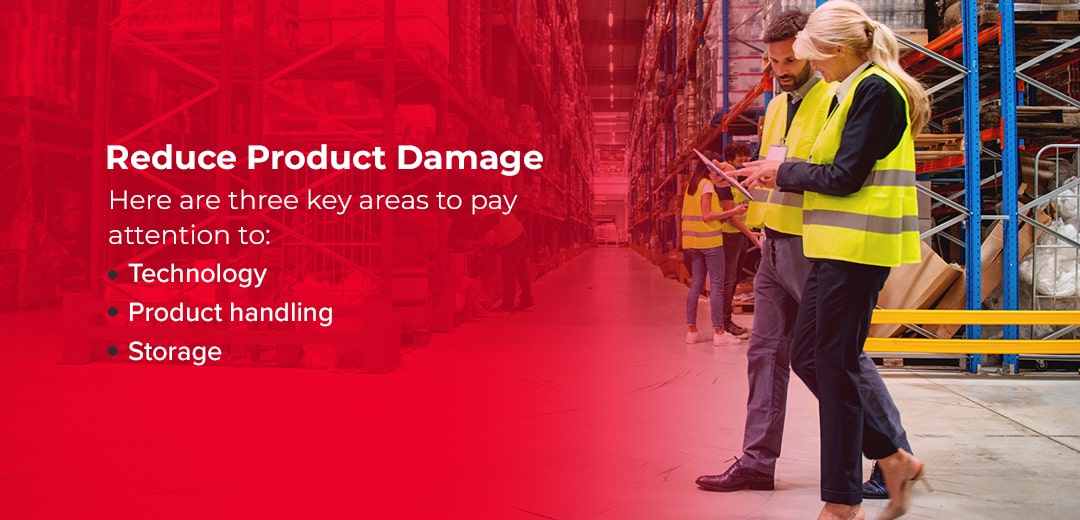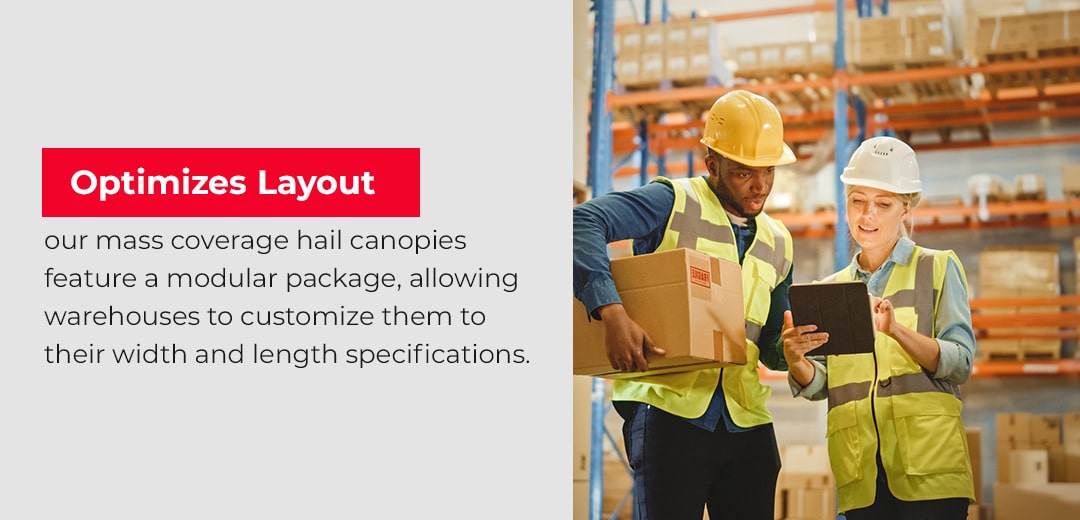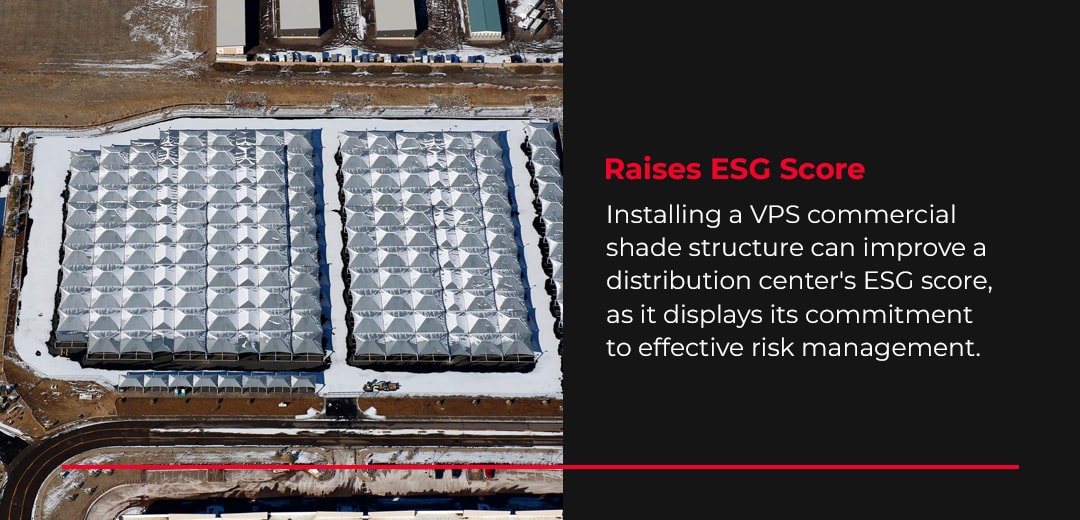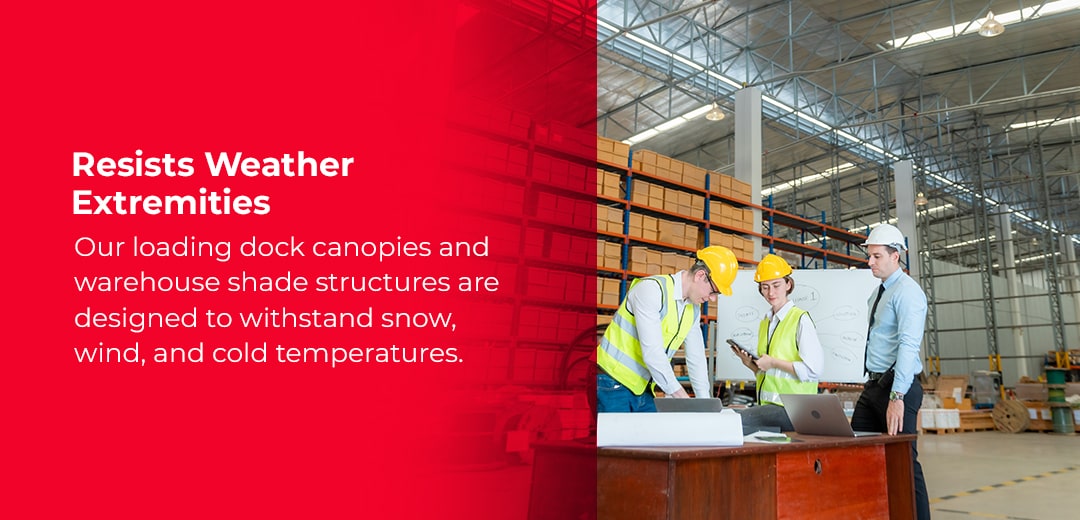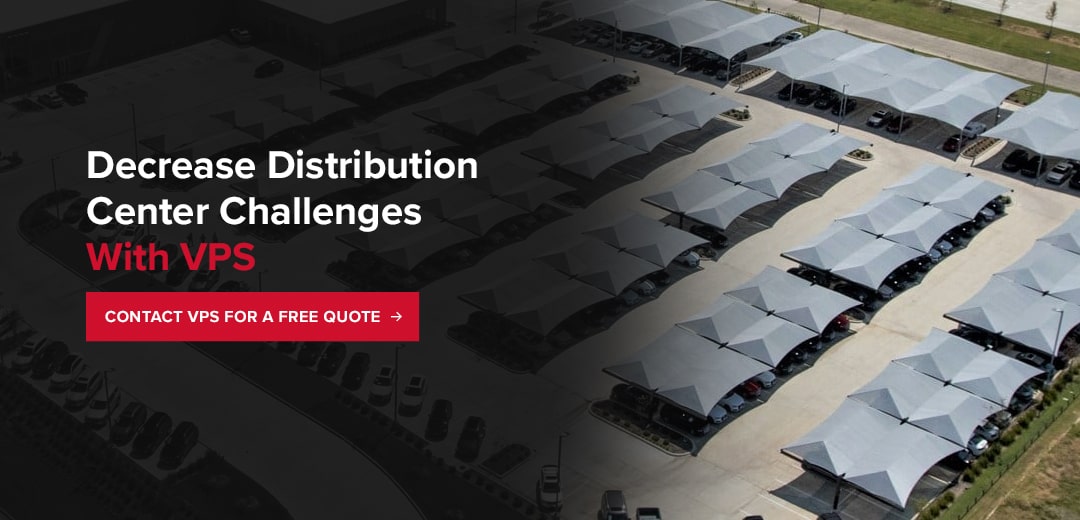Warehouses play a crucial role in product distribution, quality assurance, and customer satisfaction. Distribution centers manage a variety of tasks to ensure products reach consumers safely and in good condition. These steps include:
- Receiving goods from wholesalers or manufacturers.
- Organizing and storing products strategically.
- Picking, packing, and loading products to prevent damage and maintain their condition.
- Shipping products from the warehouse to their final destinations as quickly as possible.
With many critical responsibilities to handle each day, it’s not uncommon for warehouses to encounter some challenges, errors, or oversights in the process. From inaccurate inventory records to improper space usage, several factors can compromise warehouse logistics and workflow.
Fortunately, distribution centers can implement certain methods and practices to prevent these obstacles as much as possible.
Read the full article or jump to a specific section:
- What Causes Warehouse Management Challenges?
- Tips for Fixing Distribution Center Challenges
- How Commercial Hail Structures Help With Warehouse Management
- Decrease Distribution Center Challenges with VPS
